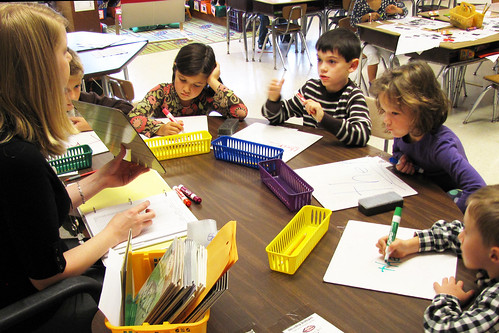Researching
and Evaluating Internet Information
Do you remember life before Google? It was difficult. We had to use paper maps, learn languages and even own a dictionary. Scary, I know! Search engines have become a staple to our everyday lives because they’re practical, easy to navigate, and just overall convenient. But apart from being a touch screen away, do you ever think about the underground dynamics of a search engine; how it all comes together? Well, a search engine is a software program that uses networks of computers to access information about a topic from its database. Knowing how to locate and analyze information from the internet can get a little tricky. Sure you can just type a word or phrase and get an infinity amount of web pages pretending to the topic being searched. To limit your research, focus on a specific topic category, narrowing and simplifying the subject area. For example, when exploring the history of African Americans baseball players, you might list “baseball history”, “Jackie Robinson”, or “sports history”. Any of these terms would be a great starting point for using a search engine.
 |
| Photo Credit to Jinho Jung |
As valuable as Google and Ask can be
in locating information, teachers and students benefit from search tools that
focus more directly on academics topics, educational standards and learning
materials. Educationally specialized search resources are often more time efficient
than typing keywords onto a general search engine. Some examples are like the Internet Public
Library, Voice of Shuttle, and Artcyclopedia. Teachers and students can benefit
from these specialized search engines. My school offers its own research
database. It comes in handy when I have to write a research paper for my class.
The best part of all, it is free! Some of these educational search engines are
not available for everyone. They require a fee. So take advantage of the free
ones out there. They contain a wealth of information.
Flickr
Thanks to my awesome Professor, I discovered Flickr. Flickr is an online photo managing and sharing tool that lets you search photos, organize them, and even send them. I use Flickr to find photos that I can incorporate into my blogs I have been writing. Apart from that, you can use Flickr as a learning tech tool to your curriculum. You can divide your photos into sets based on a theme you are teaching. Discussion boards are also included for online talking as well as for picture sharing among colleagues and students.
Thanks to my awesome Professor, I discovered Flickr. Flickr is an online photo managing and sharing tool that lets you search photos, organize them, and even send them. I use Flickr to find photos that I can incorporate into my blogs I have been writing. Apart from that, you can use Flickr as a learning tech tool to your curriculum. You can divide your photos into sets based on a theme you are teaching. Discussion boards are also included for online talking as well as for picture sharing among colleagues and students.
Summary
Chapter five explores how teachers and students can research and evaluate the internet as a teaching and learning environment. It talks about search engines, how they work, and offer a variety of great educational sites to use. It also addresses the problem of student plagiarism and how teachers can address the issue. Teachers can reduce or even avoid situations where students plagiarize by structuring their school assignments better. Finally, teaching students how to find quality and valuable information in the web. According to the American Library Association, high quality online information meets five criteria: accuracy, authority, objectively, currency, and coverage. Paying attention to URL extensions, using a lesson plan site selectively, and giving clear web research guidelines are important strategies for teachers to use in teaching Internet information evaluation to students. Overall, the main goal of the chapter was teaching students how to access and asses information in the web.
Chapter five explores how teachers and students can research and evaluate the internet as a teaching and learning environment. It talks about search engines, how they work, and offer a variety of great educational sites to use. It also addresses the problem of student plagiarism and how teachers can address the issue. Teachers can reduce or even avoid situations where students plagiarize by structuring their school assignments better. Finally, teaching students how to find quality and valuable information in the web. According to the American Library Association, high quality online information meets five criteria: accuracy, authority, objectively, currency, and coverage. Paying attention to URL extensions, using a lesson plan site selectively, and giving clear web research guidelines are important strategies for teachers to use in teaching Internet information evaluation to students. Overall, the main goal of the chapter was teaching students how to access and asses information in the web.



